Bird feeding has become one of America’s favorite pastimes, with over 59 million households participating in this rewarding activity. The type of feeder you choose significantly impacts which birds will visit your yard, as different species have distinct feeding preferences and habits. Whether you’re a seasoned birder looking to diversify your backyard visitors or a newcomer eager to create a bird-friendly environment, understanding which feeders attract the most variety can enhance your bird-watching experience. This comprehensive guide explores the effectiveness of various feeder types in attracting a diverse array of bird species, helping you make informed decisions for your backyard bird sanctuary.
Platform Feeders: The Universal Attractors
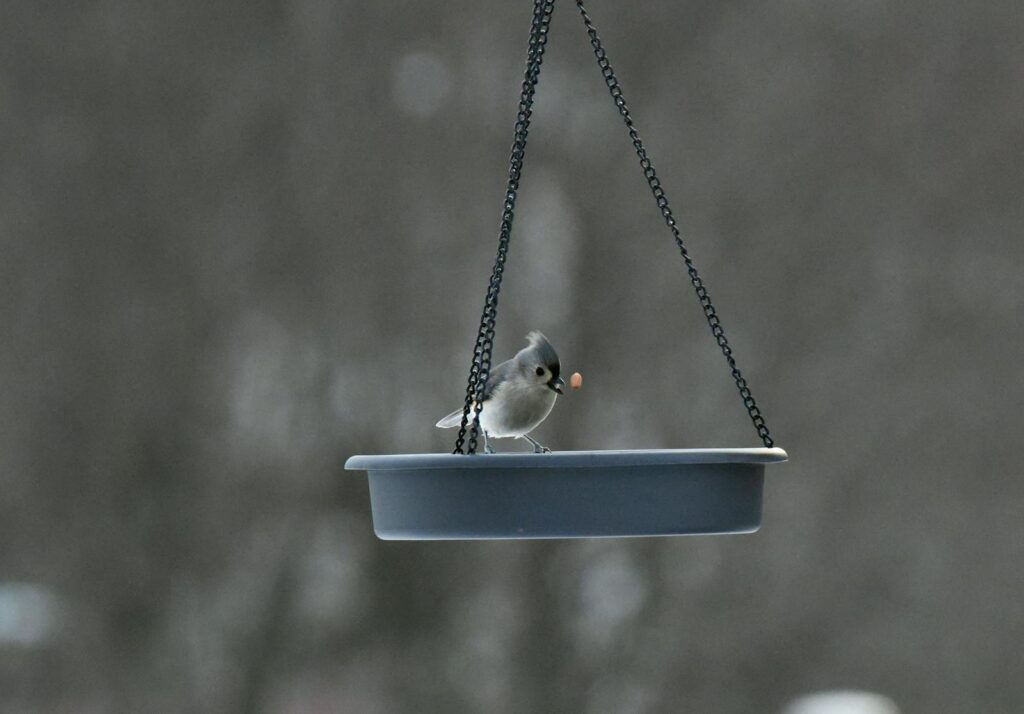
Platform feeders, with their open, flat surfaces, are perhaps the most versatile option for attracting the widest variety of bird species. These simple structures accommodate birds of all sizes, from tiny finches to larger cardinals and jays. Their open design allows birds to approach from any angle, making them particularly appealing to species that prefer a clear view of their surroundings while feeding. Ground-feeding species like mourning doves, towhees, and juncos that wouldn’t typically visit hanging feeders will readily use platform designs. Additionally, platform feeders can accommodate virtually any type of food offering, from seeds and nuts to fruit and mealworms, further increasing their appeal to different bird species.
Hopper Feeders: Reliable Crowd-Pleasers
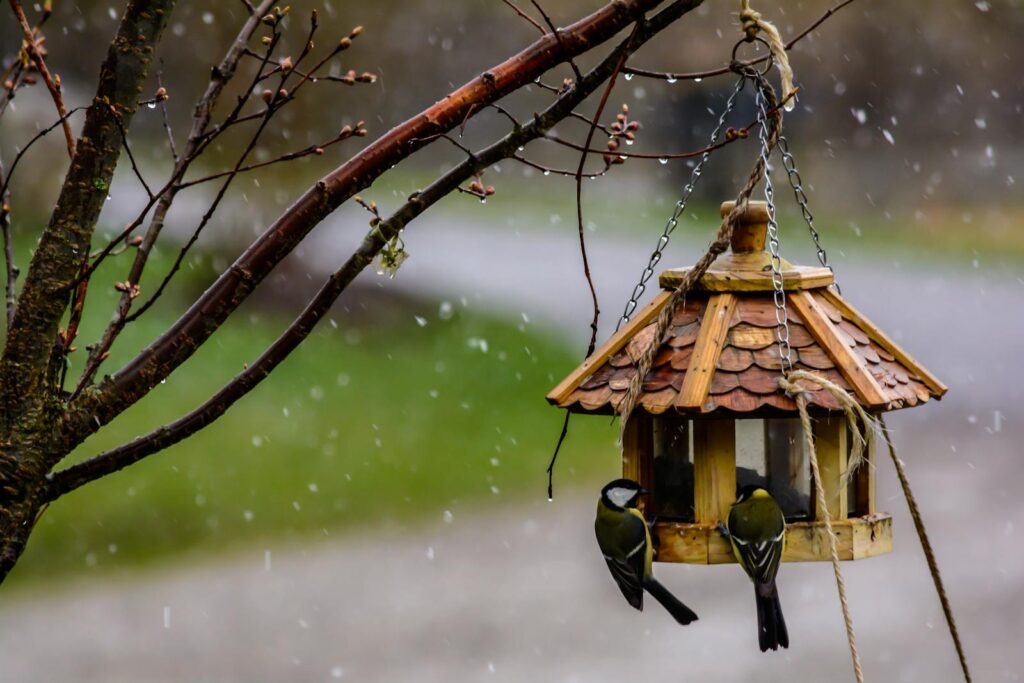
Hopper feeders, with their covered seed reservoirs and perch areas, strike an excellent balance between protection and accessibility. These feeders typically attract medium-sized birds like cardinals, finches, chickadees, nuthatches, and various sparrows. The design shields the seed from rain and snow, ensuring a consistent food source that birds can rely on even during inclement weather. Most hopper feeders feature transparent panels that allow you to monitor seed levels easily, preventing unexpected empty feeders that might discourage regular visitors. Their sturdy construction also makes them relatively squirrel-resistant, especially when equipped with weight-sensitive perches that close access to heavier visitors.
Tube Feeders: Finch and Small Bird Specialists
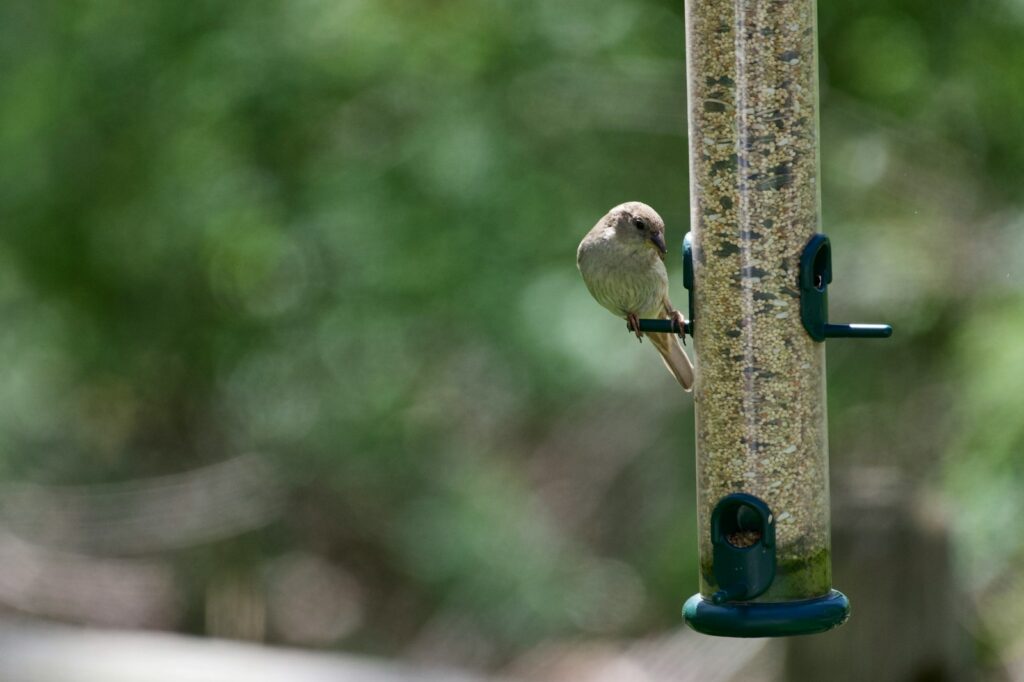
Tube feeders excel at attracting a variety of small to medium-sized seed-eating birds, particularly finches, chickadees, nuthatches, and titmice. Their design features multiple feeding ports along a cylindrical seed reservoir, allowing several birds to feed simultaneously. The small perches typically exclude larger birds, creating a safe haven for smaller species that might otherwise be intimidated at more open feeders. Tube feeders with metal ports are particularly durable and resist damage from squirrels and larger birds. By selecting different seed types for your tube feeder—nyjer for goldfinches, sunflower for chickadees and titmice—you can target specific species groups while still maintaining good diversity.
Suet Feeders: Woodpecker Magnets
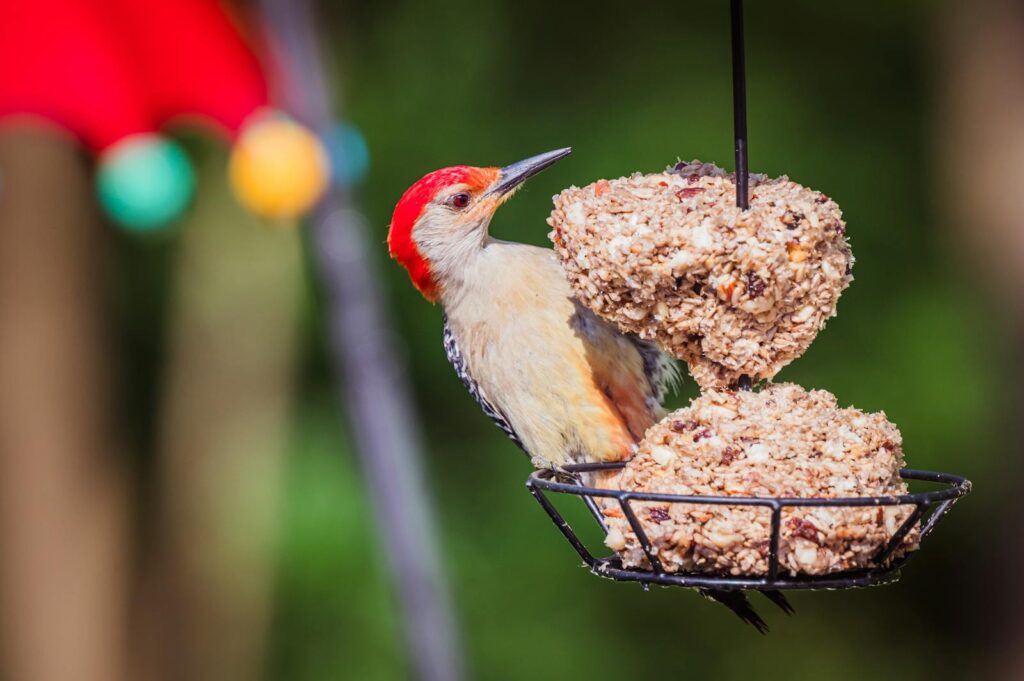
Suet feeders dramatically increase species diversity by attracting insect-eating birds that rarely visit seed feeders. Woodpeckers, including downy, hairy, red-bellied, and flickers, are primary visitors to suet feeders, especially during colder months when insects are scarce. But the appeal extends beyond woodpeckers—chickadees, nuthatches, titmice, wrens, and even some warblers readily consume suet. Simple wire cage designs allow birds to cling while feeding, mimicking their natural foraging behaviors on tree trunks and branches. Specialized suet feeders with tail props particularly accommodate woodpeckers’ unique feeding posture, making your yard more attractive to these striking birds.
Nectar Feeders: Hummingbird Specialists
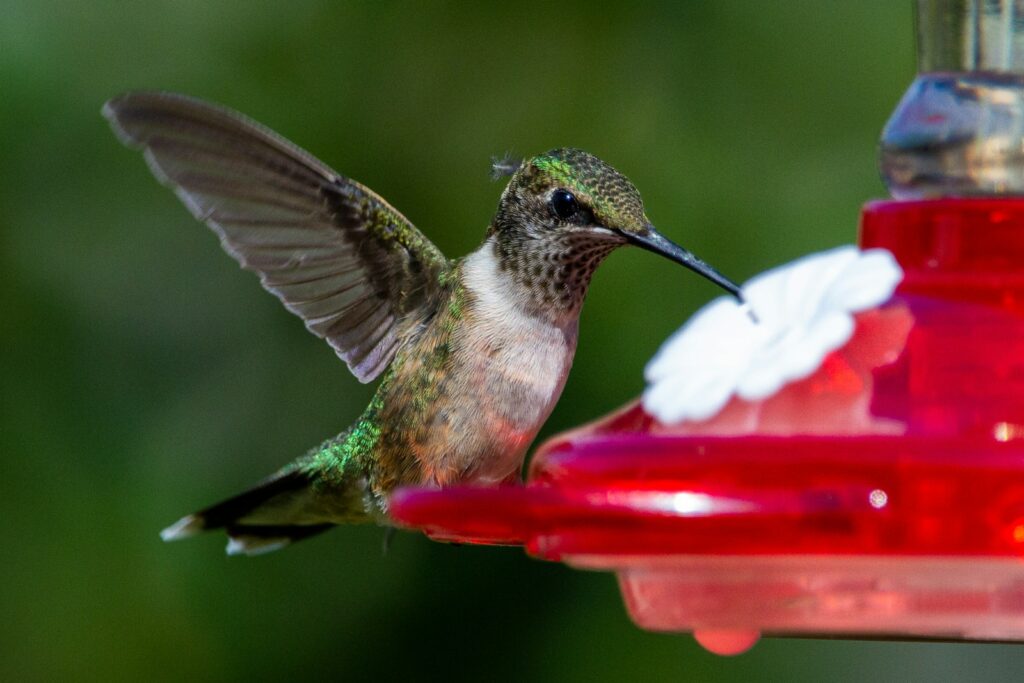
Nectar feeders introduce an entirely different category of birds to your yard: hummingbirds and, in some regions, orioles. These specialized feeders feature red accents that attract hummingbirds and small feeding ports designed for their long, thin bills. While nectar feeders won’t attract the broadest diversity of species, they bring in birds that won’t visit any other feeder type, making them a valuable addition to any comprehensive feeding station. In eastern North America, ruby-throated hummingbirds dominate, while western states may see several species including rufous, black-chinned, and Anna’s hummingbirds, visiting the same feeder. The spectacular aerial displays and iridescent plumage of these tiny visitors make nectar feeders worth maintaining, even with their more specialized appeal.
Nyjer Seed Feeders: Finch Favorites
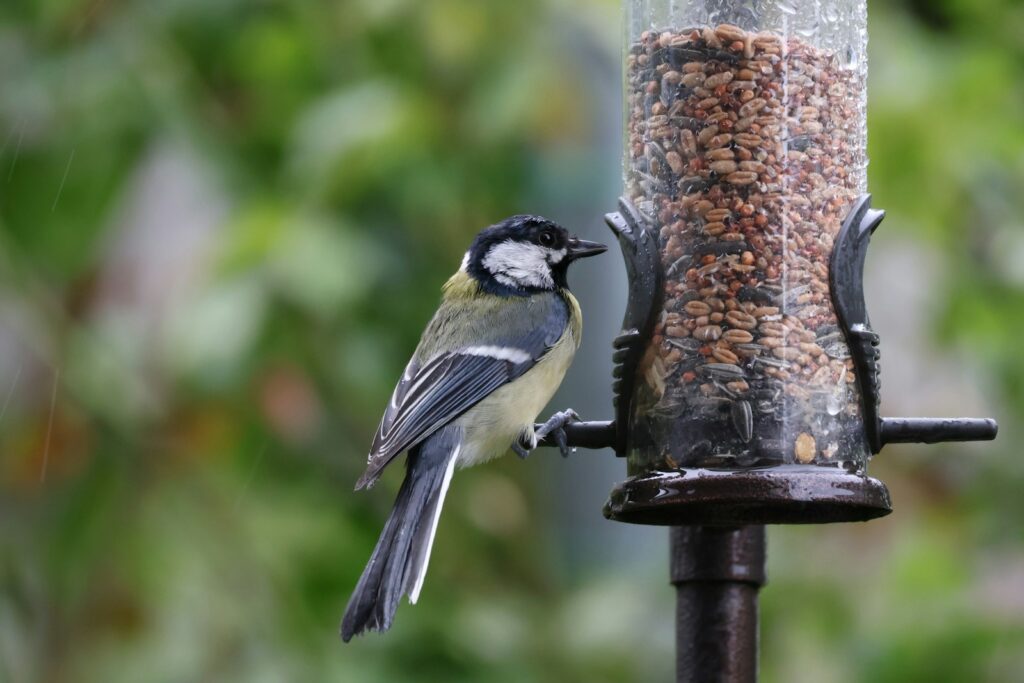
Nyjer (thistle) feeders, with their tiny ports specifically designed for small nyjer seeds, are exceptional at attracting various finch species, including American goldfinches, pine siskins, common redpolls, and house finches. These specialized feeders feature small openings that prevent seed spillage while allowing finches to extract seeds with their pointed beaks. Because Nyjer seed is relatively expensive, these specially designed feeders help minimize waste while maximizing appeal to target species. Sock-style nyjer feeders allow multiple birds to feed simultaneously, creating spectacular displays when goldfinches gather in numbers. During finch irruption years, when northern species move south in search of food, a well-maintained nyjer feeder can attract impressive numbers and varieties of finches.
Ground Feeding Areas: Traditional Approach
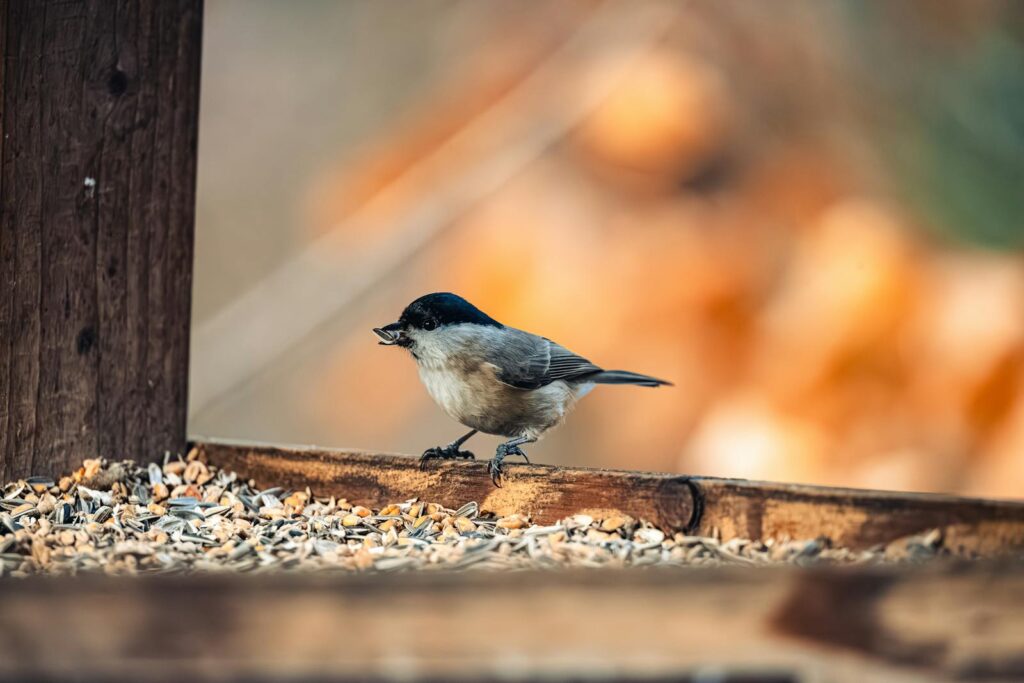
While not technically a feeder, designated ground feeding areas attract numerous species that rarely visit elevated feeders. Towhees, juncos, mourning doves, native sparrows, and even wild turkeys prefer to feed directly from the ground. Creating a cleared area beneath trees or spreading seed on a smooth surface like a patio can effectively draw these ground-specializing birds. Ground feeding areas work best when they provide nearby cover for quick retreats from predators, enhancing birds’ comfort and increasing visitation rates. Many migratory species, particularly sparrows, are more likely to visit ground feeding areas than traditional hanging feeders, significantly increasing your yard’s species diversity during migration seasons.
Window Feeders: Close-Range Observation
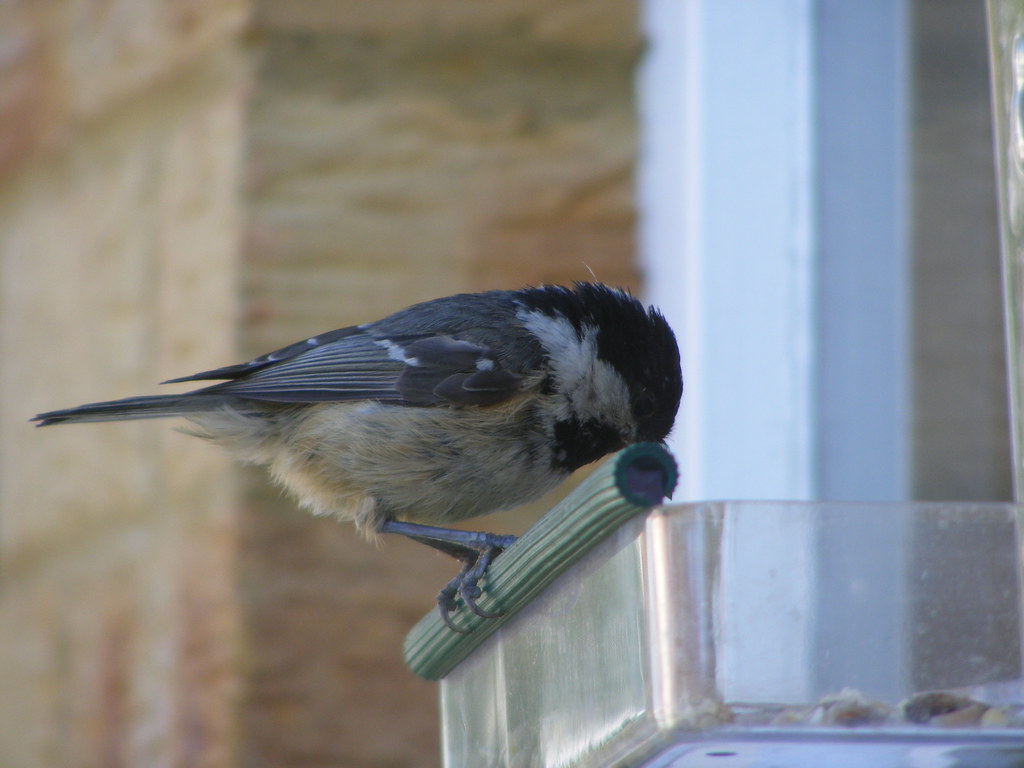
Window feeders offer unparalleled close-up views while attracting chickadees, titmice, finches, and various small to medium-sized birds. These feeders typically attach directly to window glass using suction cups, creating opportunities for intimate observation just inches away. Their small size and limited capacity make them less suitable as primary feeding stations, but excellent as supplementary feeders for close viewing. Window feeders work especially well for introducing children to birdwatching, as the proximity creates memorable encounters that foster interest in nature. Despite common concerns, properly placed window feeders help reduce window collisions by breaking up reflections and teaching birds where the glass barriers are located.
Peanut Feeders: For Specialized Eaters
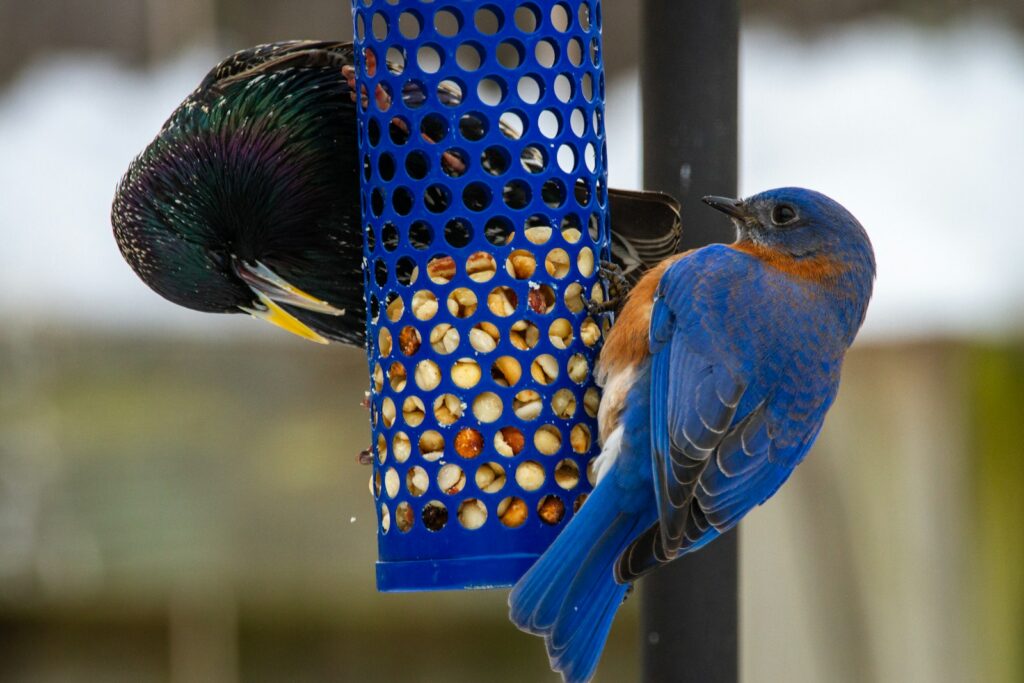
Peanut feeders, designed to hold whole or half peanuts in specialized wire mesh cages, attract distinctive and charismatic species like blue jays, woodpeckers, and nuthatches. These specialized feeders create opportunities to observe fascinating feeding behaviors, as birds must work to extract peanuts through the mesh or carry them away to cache for later consumption. Blue jays, in particular, become regular and vocal visitors to peanut feeders, often alerting other birds with their calls. In winter, peanut feeders provide high-energy, high-fat nutrition that helps birds maintain body temperature during cold spells. The entertainment value of watching birds problem-solve at these feeders adds another dimension to the bird feeding experience.
Fruit and Jelly Feeders: Oriole and Tanager Attractions
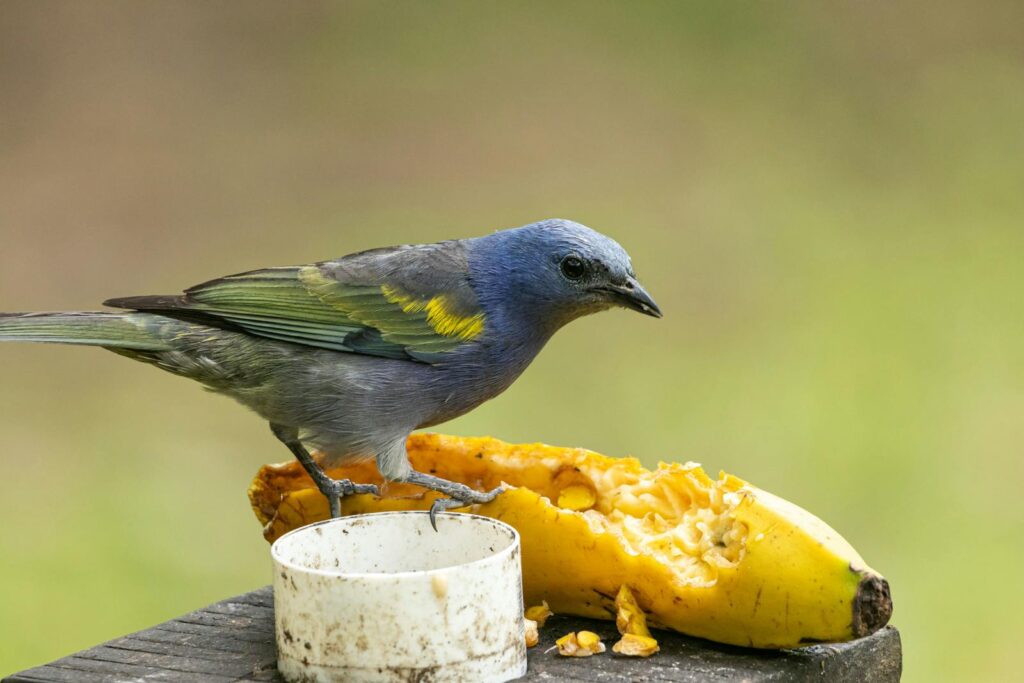
Fruit feeders offering halved oranges, grape jelly, or fresh fruit attract specialized fruit-eating birds that rarely visit seed feeders. Baltimore and Bullock’s orioles, tanagers, and even some warblers readily visit these sweet offerings during migration and breeding seasons. The bright colors of both the fruit and the birds create spectacular viewing opportunities during peak migration. These feeders work best when placed high in trees where these canopy-dwelling species feel secure. Fruit feeders require more frequent cleaning and refreshing than seed feeders, but the unique species they attract make this extra maintenance worthwhile for many bird enthusiasts.
Combination Feeding Stations: Maximum Diversity
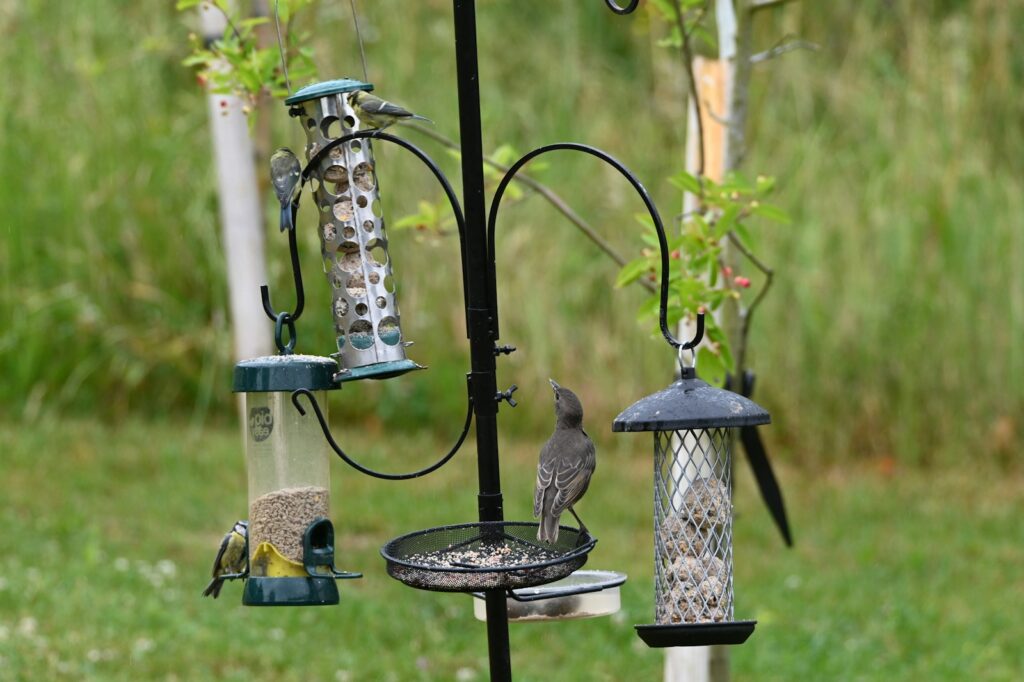
Combination feeding stations that incorporate multiple feeder types in one location consistently attract the greatest variety of bird species. These comprehensive setups might include platform areas, tube feeders, suet cages, nectar feeders, and ground feeding spaces, essentially creating a one-stop dining experience for birds with different feeding preferences. The activity at well-established feeding stations creates a community effect, with birds from various species taking cues from each other about food availability and safety. Professional studies have documented up to 50+ species visiting well-designed combination feeding stations over a year, far exceeding the diversity of any single feeder type. By positioning different feeder types at varying heights, you can further accommodate species’ natural feeding preferences, from ground-dwelling sparrows to canopy-feeding tanagers.
Strategic Placement: Location Matters
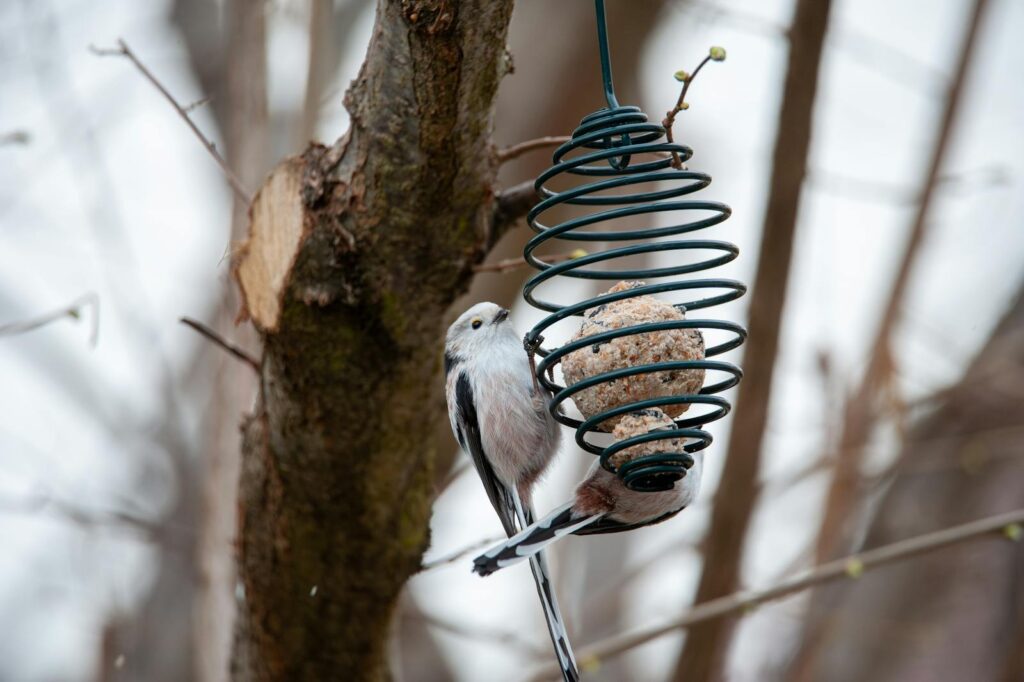
The placement of any feeder type dramatically influences its effectiveness in attracting diverse species. Feeders positioned near natural cover like shrubs or trees, provide birds with quick escape routes from predators, increasing both the number of species and individual birds that feel secure visiting. Different species have different comfort levels regarding distance from cover—chickadees often dart back and forth from nearby branches, while mourning doves may prefer more open settings with good visibility. Spreading feeders throughout your yard rather than clustering them can reduce competition and allow more timid species to find comfortable feeding opportunities. Consider seasonal adjustments too—moving some feeders to sheltered locations during winter while positioning others for shade during summer can maintain year-round appeal to the widest variety of birds.
Conclusion: Creating Your Bird Diversity Plan

When it comes to attracting the greatest variety of bird species, platform feeders and combination feeding stations consistently outperform single specialized feeder types. However, the ideal approach incorporates multiple feeding methods tailored to your regional bird population, available space, and personal interests. Start with a platform feeder and a quality tube feeder filled with black oil sunflower seeds to establish basic bird activity, then add specialized feeders like suet cages or nectar feeders to attract additional species. Regular maintenance, fresh food offerings, and clean water sources are equally important for sustaining a diverse bird community. Remember that patience is key—building a reputation among the local bird population as a reliable food source takes time, but the reward of a yard filled with diverse, colorful, and active birds is well worth the investment.
